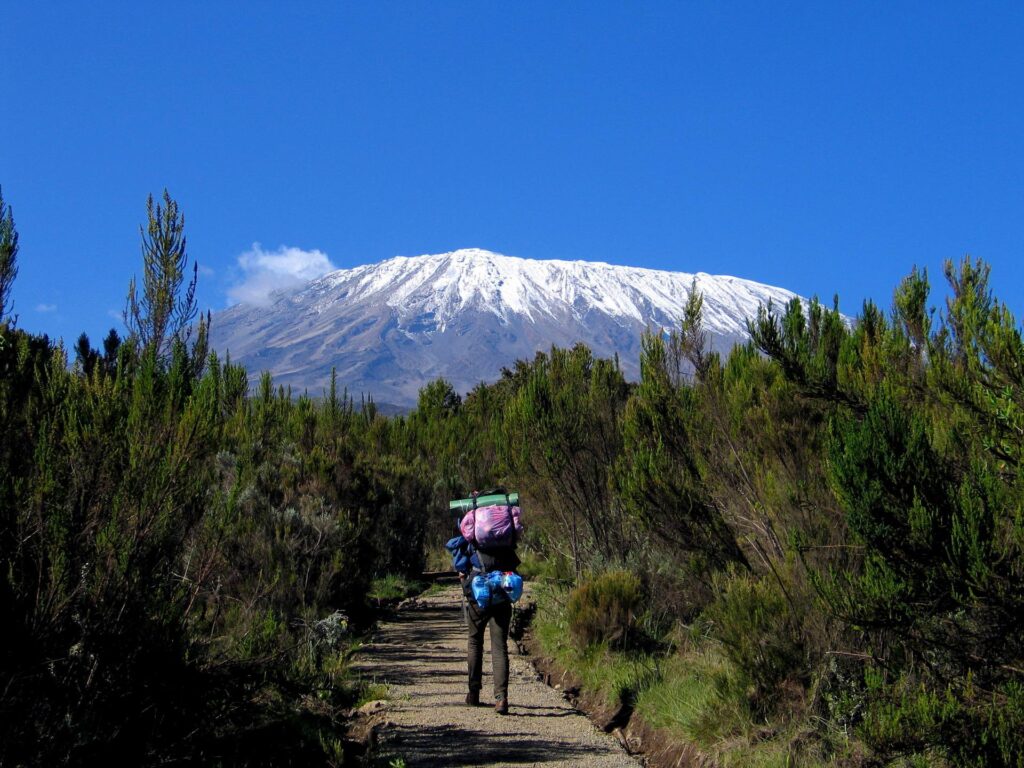Kilimanjaro Rongai Route – Complete Guide to the Quiet Northern Route on Mount Kilimanjaro
The Kilimanjaro Rongai Route is the only trail that approaches Mount Kilimanjaro from the remote northern side near the Kenyan border. Known for its peaceful paths, gentle gradient, and dry conditions, the Rongai Route Kilimanjaro is ideal for trekkers seeking a less crowded and more gradual ascent to the summit.
For professional planning, expert guides, and reliable packages, book your climb with Mount Kilimanjaro Guide – your trusted authority for climbing Mount Kilimanjaro safely and successfully.
What Is the Kilimanjaro Rongai Route?
The Mount Kilimanjaro Rongai Route is one of the most unique climbing trails on the mountain. Unlike the popular southern routes, it offers a quieter trekking experience with scenic wilderness and fewer climbers.
Starting at Rongai Gate, the trail passes through:
Pristine rainforest
Open moorlands
Alpine desert
Glacial summit zone
It merges with the Marangu route path during the final descent.
Why Choose the Rongai Route on Mount Kilimanjaro?
✔ Least crowded route
✔ Drier climate – ideal for rainy seasons
✔ Gentle elevation gain
✔ Great for beginners
✔ Unique northern scenery
The Kilimanjaro Climb Rongai Route is perfect for climbers wanting a peaceful, steady, and scenic journey to Uhuru Peak.
How Long Is the Kilimanjaro Rongai Route?
Rongai Route 7 Days Overview
Total Distance: 72 km (45 miles)
Duration: 6–7 days
Summit Height: 5,895m (19,341 ft)
The most recommended option is the Rongai Route 7 days, which provides better acclimatization and higher success rates compared to the 6-day version.
Kilimanjaro Rongai Route Itinerary (7 Days)
The 7-day Rongai route is recommended for better acclimatization and a higher chance of success, especially for beginners, while the 6-day option is a more challenging alternative for those with prior high-altitude experience. The 7-day itinerary includes an extra day for acclimatization, which can make the overall experience more comfortable and less rushed, even though the scenery may be less varied than some western routes.
Day 1: Rongai Gate → Simba Camp
Gentle hike through forest and farmland.
Day 2: Simba Camp → Second Cave Camp
Transition to alpine vegetation.
Day 3: Second Cave → Kikelewa Camp
Wide open terrain with stunning mountain views.
Day 4: Kikelewa → Mawenzi Tarn
Acclimatization day beneath Mawenzi Peak.
Day 5: Mawenzi Tarn → Kibo Hut
Preparation for summit.
Day 6: Kibo → Uhuru Peak → Horombo Hut
Summit attempt and long descent.
Day 7: Horombo Hut → Marangu Gate
Final descent through rainforest.
This classic itinerary makes the Mt Kilimanjaro Rongai Route one of the most beginner-friendly paths to the summit.












































